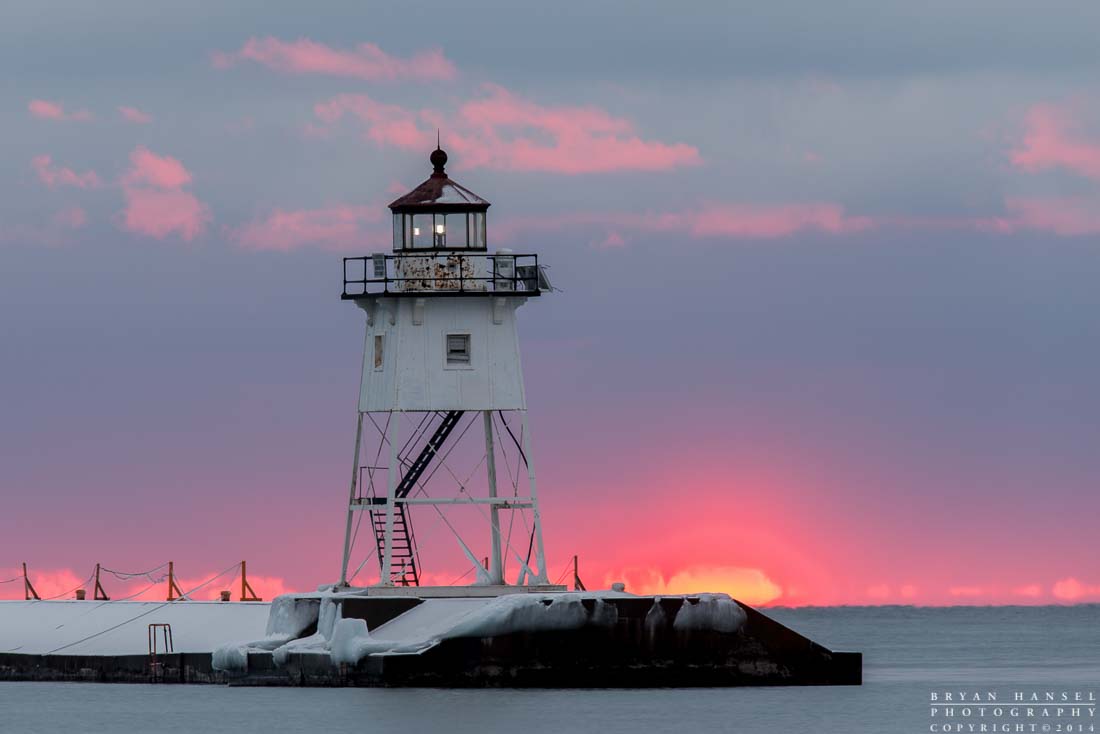At the beginning of the month I wrote about Winter Traction Devices for Photographers. In this newsletter, I’m writing about Lens Choices and Building a Photography System.
Lens Choices and Building a Photography System
Building a photography system from the ground up can feel daunting and expensive. It’s hard to decide exactly which lens to buy or what focal length to get. Most of the people that ask me about this want to do everything from landscape, to wildlife and macro. With that many interests, you need lenses that range from wide to telephoto and you can cover it now with four lens choices. I’m going to list these lenses in sizes corresponding to full-frame cameras. If you shoot a camera with a smaller sensor, you’ll need to divide these numbers by the crop factor to come up with the focal lengths you need. For most DSLRs that aren’t full frame, divide by 1.5. For the Sony Nex or AXXXX system, Fuji, Samsung, you divide by 1.5. For micro-4/3rds, divide by 2.
These are the four focal lengths to look at:
- 16-35 f/4 — While not as fast as higher-end wide-angle zooms, an f/4 wide angle zoom is a great compromise in weight and price. If you’re shooting night photography, consider spending more and getting the f/2.8 version of this focal length. This range is the perfect range for shooting landscapes and seascapes. You could just skip the zoom and go with a prime lens. If you go that route, get something in the 20mm to 24mm range and f/2.8 or faster (f/1.8 or f/1.4).
- 24-120 f/4 — I’ve never found mid-range zooms all that handy for me, so the typical 24-70 f/2.8 just doesn’t work for me. I usually shoot in the mid-range from 24-35 and then nothing until about 80, so the 24-120 f/4 works great. For outdoor photographers, we usually don’t shoot in the middle ranges. We want wide or we want telephoto. A 24-120 gives you wide on one end and telephoto on the other. If you don’t shoot much in the middle range, you could skip this lens, but it makes a nice lens for an all day carry around.
- 150-600mm f/5-6.3 — I include this focal length because of one lens. The Tamron 150-600 f/5-6.3 feels like a miracle lens to me. It’s sharp, especially at f/8 and f/11, and it’s light and cheap compared to other lenses that get you out to 600mm. This lens will replace the 70-300s, 200-400s, 70-200s and teleconverters for many outdoor photographers. It even does well with birds if you have a camera that focuses quickly enough. If you have a crop sensor camera, this lens even gains you more reach. If you don’t want to spend the money or if you don’t want 600mm, look at a 70-300 f/4 to f/5.6.
- 105mm macro — For macros, I like to have a little working distance from the subject, so I prefer the 105mm lenses over the 60mm macro lenses. If you don’t want to spend money right away on a macro, you can always by extension rings or close-up filters for your 24-120 and use it at 120mm.
While there are a lot of lens choices out there, I’m convinced that these four lenses would cover most of the range I see people use on my photography workshops.

Leave a Reply